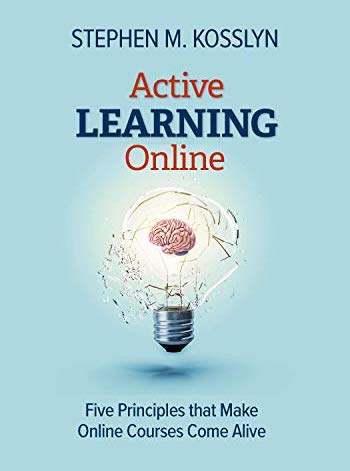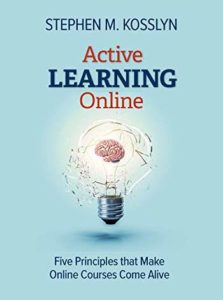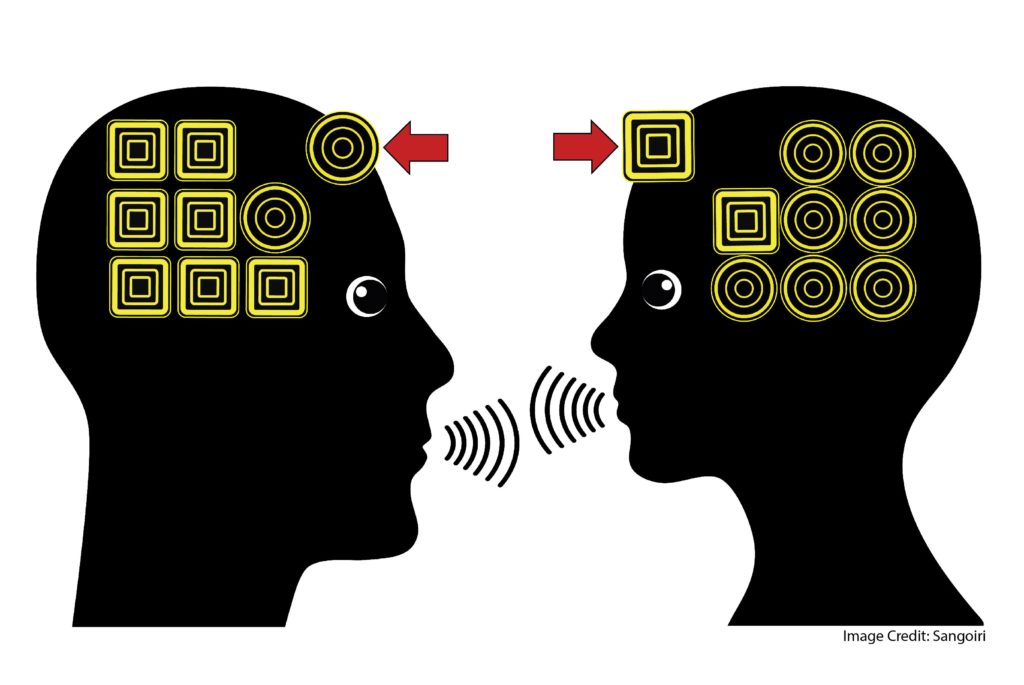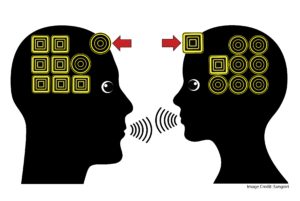I recently read an arresting claim: when students have web browsers open, they switch their screens — on average — every 19 seconds.
Such data boggle the mind with horror.
As teachers, we want our students to devote sustained thought to complex topics. Nineteen seconds just isn’t going to cut it.
As an English teacher, I think nineteen minutes won’t reveal the full joys of a Shakespearean sonnet. In nineteen seconds, my students won’t have time to find the main verb. The Horror.
Although it took a moment’s sleuthing to track down this claim (see Coda below), this statement does in fact have research support. Back in 2014, Leo Yeykelis and his intrepid team undertook quite a complex study — including screen monitoring and measures of skin conductance! — to arrive at this conclusion.
Clearly, it’s time to panic.
Don’t Panic Just Yet
Whenever we hear shocking “research based” conclusions — ESPECIALLY conclusions that confirm our prior beliefs — we should look hard at that underlying research.
We need to know exactly what the researchers did before we jump to big conclusions about their work.
If you click the link above, you can read Yeykelis’s study. When I did, two points jumped out at me very quickly:
First: this study draws its conclusions based on research into 10 college undergraduates. TEN.
Now, researchers have very good reasons to run studies with only ten people in them. Research is pricey and time consuming, so it makes sense to do a small-ish study before ramping up to study hundreds or thousands of people.
In other words, they didn’t do anything wrong.
However, for the same reason you wouldn’t take a medicine that had been tested on only ten people, you shouldn’t make dramatic changes to your classroom based on that research.
Second: because this study has so few participants, we want to know what other studies have found on this topic.
Regular readers know: my go-to sites to answer that question are Scite.ai and ConnectedPapers.com.
When I plugged Yeykelis’s study into those search engines, I found some support — but not lots-n-lots. In other words: this field simply hasn’t been studied very much.
For instance: the ConnectPapers grid doesn’t highlight any related research after 2017. (That finding doesn’t mean that no research has been done after that date, but that it hasn’t reached prominence yet.)
Don’t Panic; Do Respond
For all these reasons, I don’t think we should get too focused on “19 seconds.”
At the same time, the other studies highlighted by Scite.ai and ConnectedPapers.com do point consistently in the same direction: screen switching really is a thing.
A bad thing.
We don’t know exactly how prevalent the problem is, but it’s not isolated; it’s not trivial.
For that reason, I think we should consider our own teacherly responsibilities here.
ESPECIALLY during online classes, we can remind students to turn off other technologies. “Remember our class rules: please turn your cell phones off. And, close all the other tabs in your browser except this one, and your homework.”
We can explicitly teach students to purge tech from their study areas and habits. “When you start your work, have your book open, your pencil on your paper, and your computer off.”
We can include those reminders in homework assignments. “This paragraph is due Wednesday before class. Remember: have your web browser closed before you start writing.”
We can look in the mirror. How often do we switch screens? What prompts us to do so? For instance, as I write, I’ve got 7 browser tabs open. I am — REALLY — using them all to write this post. Based on this experience, what realistic guidance can I give my students about multi-screening?
Of course, you’ll translate such suggestions to fit your own teaching circumstances. In every case, we’re making reasonable and measured changes.
The precise number “19” doesn’t really matter. The big picture — learning requires sustained attention, so we should foster it — really does.
Coda
I wrote last week, improbably, about the benefits of Twitter. Yes, it can be mean-spirited and dreadful, but it can also provide helpful insight and useful resources.
The day after I wrote that blog post, my own Twitter experience highlighted that lesson.
I first read about the “19 Seconds” research in Doug Lemov’s excellent new book Teaching in the Online Classroom. (Lemov’s Twitter handle: @Doug_Lemov).
Curious, I tweeted at him asking for the citation.
Before Lemov could answer, another scholar — Christian Bokhove (@cbokhove) — BOTH provided me with Yeykelis’s 2014 study AND linked to a follow-up study with even more dire results.
And then — because Twitter can be great — Lemov himself followed up to be sure I’d gotten the research I needed.
I don’t mean to downplay its flaws. But I’ve found Twitter mighty useful in learning about teaching, and about research; and in finding a kind of community.
It’s ironic but: I’m encouraging you to OPEN another web browser and check out Twitter.












